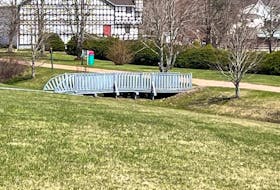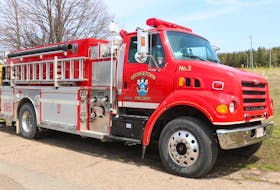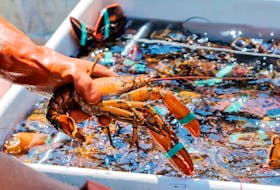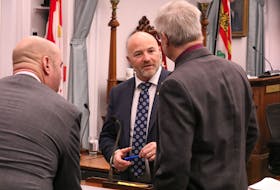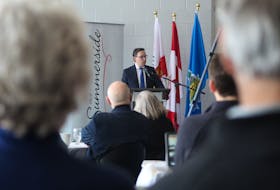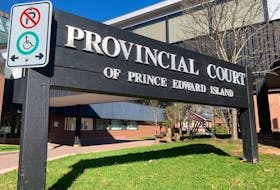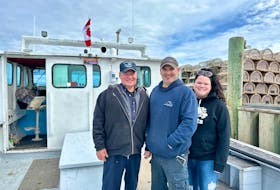As she prepares for her final year of high school, 16-year-old Emma Lee Lyon is spending part of her summer in what she describes as a floating classroom.
Lyon is currently in the High Arctic with students from every Canadian province and territory and from 17 other circumpolar countries, and in the company of Inuit elders, global scientists, artists, historians and business and policy leaders, exploring climate change and its impact on the Arctic, ocean literacy and conservation, Inuit knowledge, and other topics as part of a two week Students On Ice expedition to the Canadian High Arctic and Greenland.
Reached by satellite phone at Arctic Bay in Lancaster Sound, Nunavut, the daughter of Doug and Carol Ann Lyon of Alberton said she is totally in awe with the whole experience which started July 23 and runs until Aug. 7
“It’s crazy, waking up every day and realizing that you’re floating in the water of the Arctic with people from all around the world, I think it is about 130 students that are just floating around with me, with a bunch of experts and leaders in their field who are just there to talk to you.
You don’t get the opportunity (at home) to sit down at lunch with experts in, maybe, glaciers, or plants, or rocks and just have a conversation with them.”
Alex Leroux onboard communications coordinator with Students On Ice, said workshops are conducted onboard, on land and on zodiacs (a small, rigid, motor-powered boat).
“It’s still light but very educational and the students really soak up a lot and bring back a lot to their own communities.”
The itinerary had the expedition flying from Ottawa to Kangerlussuaq, Greenland where they would board an expedition vessel to explore communities, coasts and fjords of western Greenland before crossing Davis Strait to Canada’s High Arctic and the Northwest Passage. Expedition activities include exploring the land and gaining cultural and historical knowledge from Inuit Elders, scientists, archaeologists, and community members; hikes across tundra and glaciers in Sirmilik National Park; observing wildlife; engaging with climate scientists to understand the drastic changes being seen in the Polar regions and their impacts; and learning first-hand about important Arctic marine ecosystems such as Pikialasorsuaq (the North Water Polyna) and Tallurutiup Imanga (Lancaster Sound).
Lyon, who will enter Grade 12 at Westisle Composite High School in September, said the expedition is an opportunity of a lifetime.
“I don’t think anything could really top this. Having members of the communities we’re in, on board with us, learning about how their life has been in those communities, learning about what they’ve seen, or just other people, other cultures...,” she said.
She described sitting in a sod house and learning about life in the Arctic from someone who had lived in a sod house.
From what she had learned about the Arctic previously, Lyon admits she pictured a white and desolate landscape, “nothing to be interested about.”
But she said her perspective has changed dramatically.
“It has definitely made me appreciate the Arctic more,” she said.
“Coming up here, learning about the people who live up here and the beautiful landscapes and the communities, just learning that it’s not just an empty place; it’s so rich in culture and community and I just think I’d love to bring back that information that it’s such an important place to preserve.”
The expedition’s stop in Arctic Bay coincided with the formal signing of an Inuit Impact and Benefit Agreement between the Government of Canada and the Qikiqtani Inuit Association, a requirement for the establishment of the 108,000 square-kilometres Tallurrutiup Imanga National Marine Conservation Area.
Lyon describes the experience as a “pretty cool way to learn.”
“I feel that the Arctic really connects everyone together, like, the icebergs up here have a huge part of our freshwater. Without preserving the Arctic, we can see some serious problems going on, not just on our Island but all over the world."
Alberton student among 130 from 18 countries exploring the High Arctic
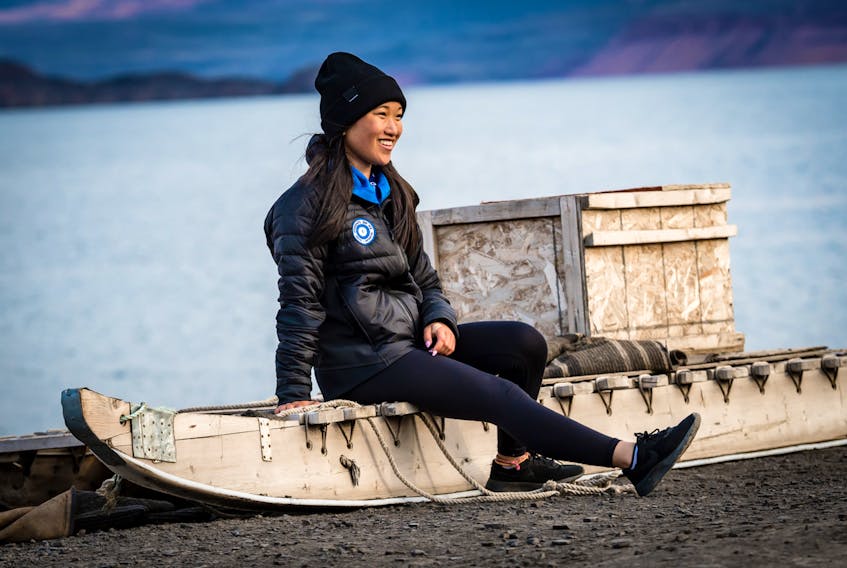
STORY CONTINUES BELOW THESE SALTWIRE VIDEOS
Two youths charged with second degree murder | SaltWire #newsupdate #halifax #police #newstoday

